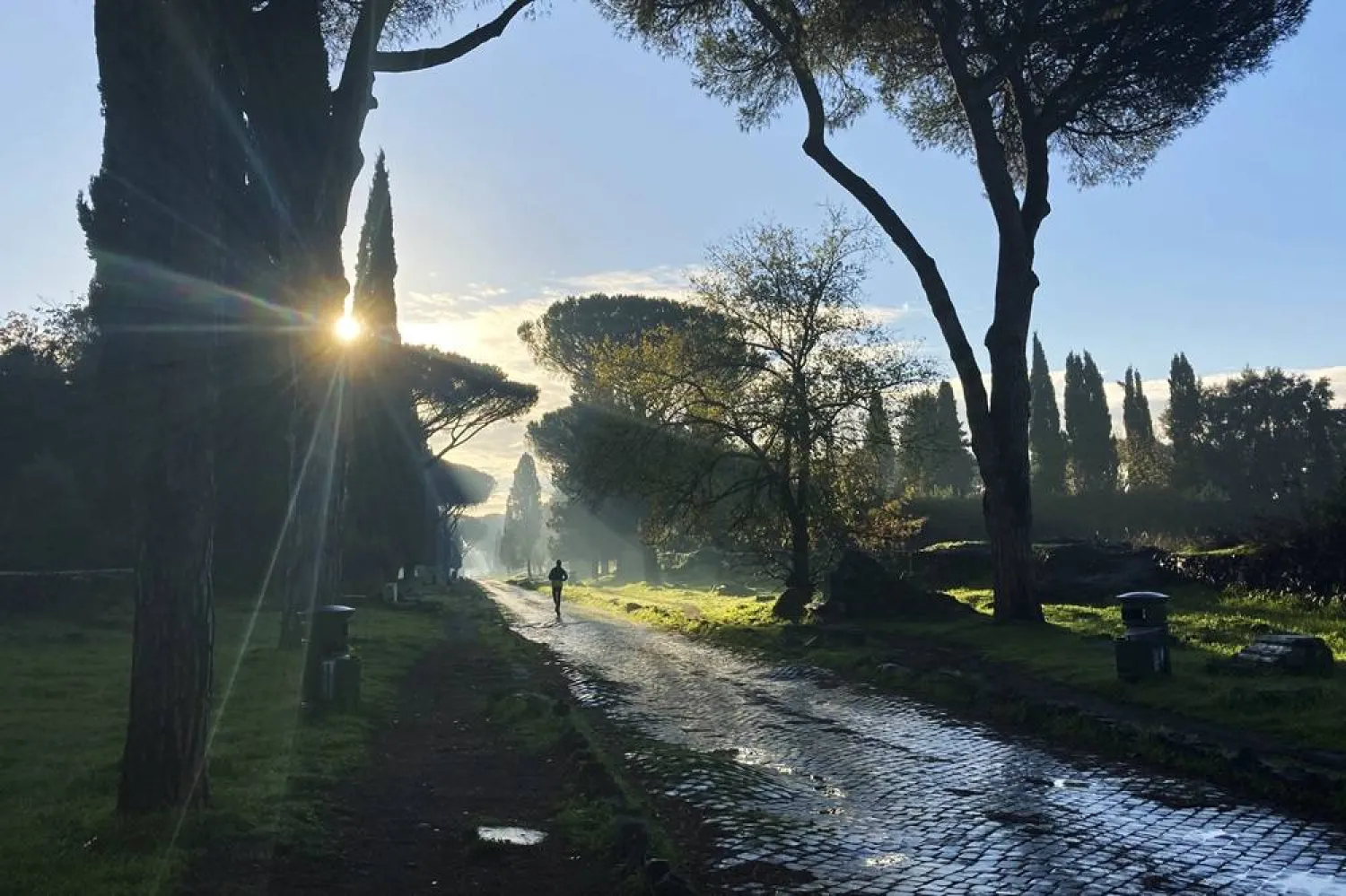The exhibition Arduna will welcome visitors to the fifth edition of the AlUla Arts Festival from February 1 to April 15.
Presented by Arts AlUla and organized through a joint curatorial collaboration with Centre Pompidou, with the support of the French Agency for AlUla Development (AFALULA), the exhibition features more than 80 significant artworks by artists from Saudi Arabia, the Middle East and North Africa, and around the world.
Arduna offers visitors an early insight into the artistic vision of the Contemporary Art Museum in AlUla, envisioned as a global institution drawing inspiration from AlUla’s location and heritage as an ancient cultural oasis.
The exhibition is based on works drawn from a growing collection of the Royal Commission for AlUla, alongside important pieces from the collection of the Musée National d’Art Moderne at Centre Pompidou. The exhibition is overseen by co-curator Candida Pestana, with associate curator Ftoon AlThaedi from the Royal Commission for AlUla, and curator Anna Hiddleston with associate curator Noémie Fillon from Centre Pompidou.
As an oasis located along the ancient Incense Trade Routes that connected India and the Arabian Gulf with the Levant and Europe, AlUla served as a safe haven for passing traders, offering protection and tranquility. It was a place where merchants entrusted their goods during their absence, and a space for rest, contemplation, and reflection - a living green garden set within the vast desert.
The exhibition takes the image of the garden as its starting point, drawing inspiration from the site of AlUla to explore how modern and contemporary artists examine the evolving relationship between humanity, nature, and the land.
Featuring more than 80 artworks across multiple disciplines, the exhibition brings together pioneers of modern art such as Pablo Picasso, David Hockney, Joan Mitchell, and Wassily Kandinsky, alongside leading contemporary artists including Saudi artists Ayman Zedani and Manal AlDowayan, as well as artists from the Arab world such as Imran Qureshi, Samia Halaby, and Etel Adnan.
The exhibition is divided into six chapters that explore the multiple manifestations of nature - real and imagined - through a journey that moves from gardens and orchards to deserts and their cosmic reflections.
Through the presentation of impactful and inspiring artworks, the exhibition highlights key global challenges, including the Anthropocene era, the threat of climate change, human displacement, and expanding urbanization.
As artists seek to unpack humanity’s complex and often strained relationship with the environment, the exhibition may be seen as an invitation to reimagine new ways of coexistence among all forms of life.
Arduna also presents a selection of newly commissioned artworks by the Contemporary Art Museum in AlUla, developed through close engagement with the region’s unique natural environment and rich cultural contexts. These include new works by Saudi artist Ayman Zedani and Lebanese artist Tarek Atoui, produced as part of the AlUla Artists Residency Program.
The exhibition further highlights new works that collectively reflect the museum’s central role in fostering artistic practices rooted in dynamic interaction between artists, curators, and local communities, contributing to the development of AlUla’s distinctive creative identity.
Director of Arts and Creative Industries at the Royal Commission for AlUla Hamad Alhomiedan stated that Arduna represents a pivotal moment in the journey of the AlUla Arts Festival and embodies Arts AlUla’s aspiration to position itself at the heart of global discussions on art, culture, and the environment.
He noted that the exhibition brings together exceptional works from Saudi Arabia, the region, and the world, engaging audiences through themes that reflect the collective relationship with nature and land.
Arduna presents bold artistic propositions and offers artists meaningful opportunities to engage with AlUla’s unique heritage and breathtaking landscapes, he added, describing the exhibition as an open celebration of creativity and a foundational step toward establishing AlUla as a sustainable hub for cultural innovation and artistic excellence.
President of Centre Pompidou Laurent Le Bon said the exhibition represents an important step in the partnership with the Royal Commission for AlUla, allowing the public to experience the first outcomes of Centre Pompidou’s strategic advisory role for the forthcoming Contemporary Art Museum in AlUla.
He underlined the shared mission of promoting cultural heritage and fostering long-term cross-cultural dialogue, expressing his anticipation of welcoming visitors, particularly young audiences, to explore this unique exhibition and the diverse artistic landscapes of Saudi Arabia, France, and beyond.
Arduna, which serves as a preparatory step toward the opening of the Contemporary Art Museum in AlUla, will be staged in the museum’s experimental pre-opening gallery spaces and will be accessible through ticketed entry.









